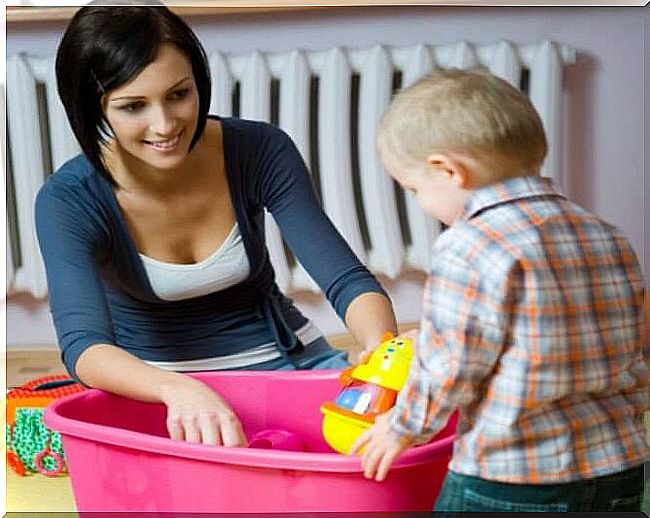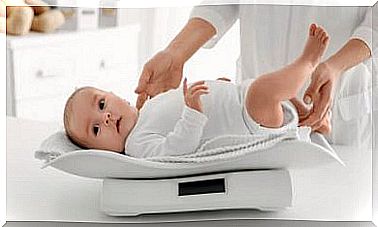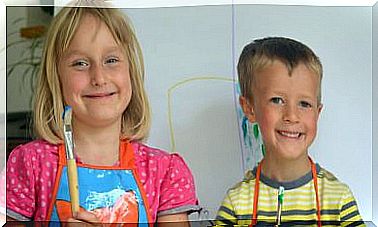Toy Kitchens And Their Appeal In Childhood
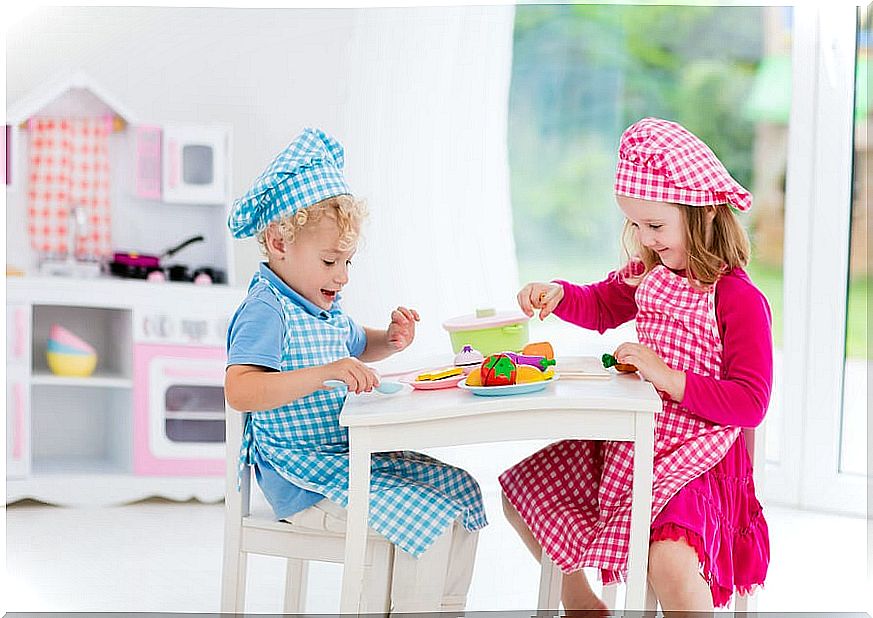
Toy kitchens have been a classic in childhood games for decades. But it is worth asking, why? Is it the colorful design or the game itself? Although it may seem like a very simple question, there is much to ponder on this topic.
Obviously, the format plays an important role in attracting the attention of children. The size adapted to the height of the children, the bright colors and the different compartments (which in turn can include hidden surprises) are extremely attractive for them.
However, the charm of toy kitchens goes beyond their format. They offer a very simple game mode that can be summarized as follows: invent your own scenario. In this way, children can pretend to be home cooks, professionals, party hosts, and so on. There are no limits when it comes to imagining situations and stories.
The structure of toy kitchens
Children do not care at all how expensive the play kitchen is but how much they can play with it, both individually and in groups. In fact, the little ones always like to integrate their family members into the game.
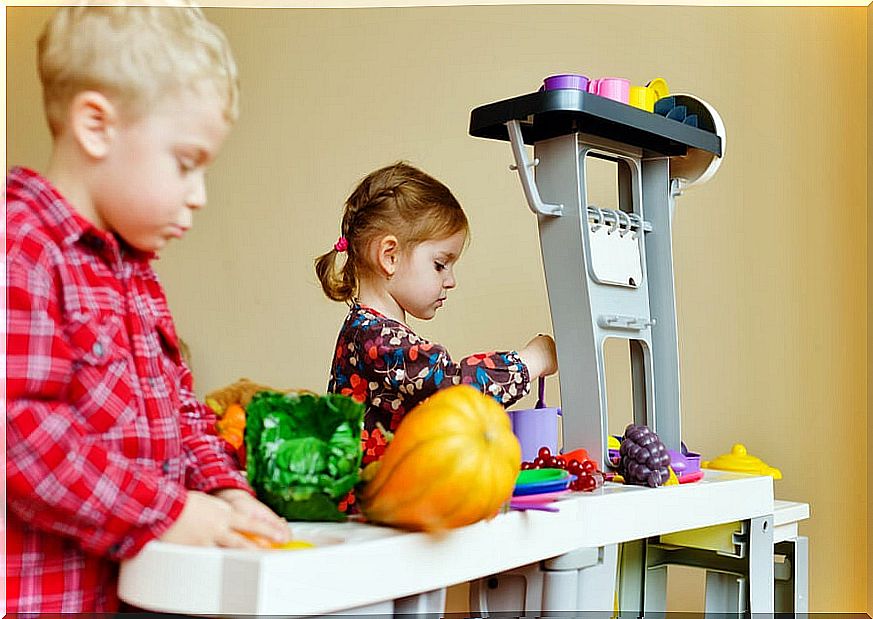
Typically, play kitchens have a simplified structure of the basic elements of a real kitchen. Therefore, they have a stove, oven, storage spaces, a sink and nice accessories such as: a kitchen clock, an appliance (such as a microwave or a refrigerator), a window, a wastebasket, a cash register, and so on.
Of course, the structure of toy kitchens can vary. In this way, you can find more traditional kitchen models to models of mobile food carts, or mini supermarkets.
In some you can play standing up and others are designed for children to play sitting on the floor or on a stool (which may or may not be included among the accessories).
It should be noted that, as they are made of plastic and large pieces, children are not at risk of choking. However, accessories may be smaller and caution must always be exercised. Obviously, the younger children are, the more supervision they will need while playing.
The secret of its attractiveness
The great attraction of toy kitchens for children is that they allow them to imitate, in one way or another, the activities that adults do in real life. In other words, it invites them to develop a role-playing game and to satisfy their curiosity about the adult life they perceive around them.
What do they promote?
Like many other types of toys, kitchens primarily encourage creativity. Now, on a secondary level, they also promote attention, memory, and even problem solving.
For example, the child must be able to remember where he placed an accessory or another so that he can quickly locate it when he needs it for his game. On the other hand, you will need to find out what each piece is for (troubleshooting is evidenced here).
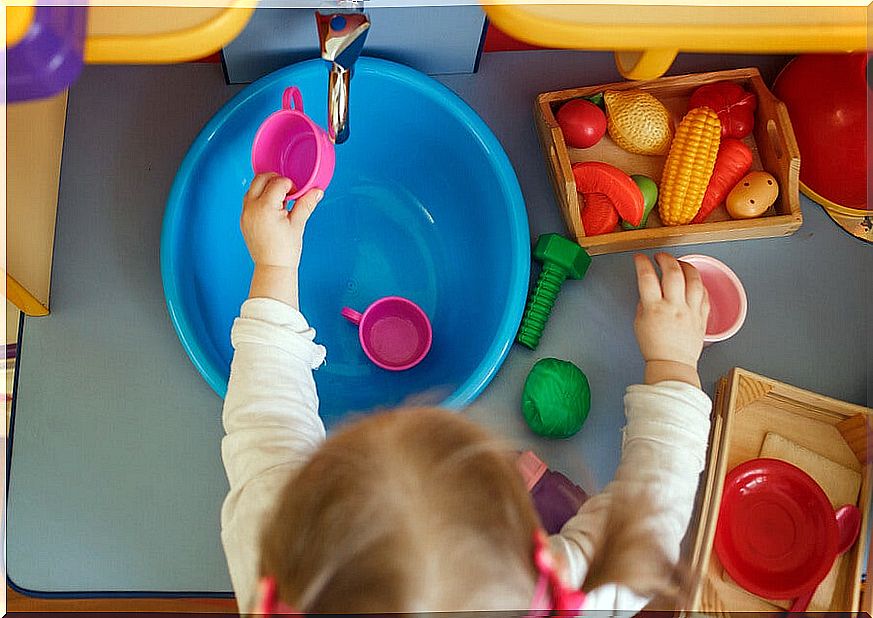
Other advantages
In addition to inviting them to let their imagination run wild and encourage their creativity, toy kitchens have other advantages. For example, by teaching children to organize accessories and their play space, they are taught to be responsible and to collaborate with the organization of the home.
Consequently, this type of toys allows us to establish the first basic notions of those values of cooperation that are needed at home and, later, in other areas.
Also, by feeling useful and rewarded by the joy of their parents to see their effort, children will feel motivated to be more and more organized and collaborative.
Another advantage of kitchen toys (and the games invented from them) is that they allow children to learn to follow directions and carry out actions in a consistent way. For example, they will realize that to prepare a recipe it is necessary to follow instructions and that, before serving a meal, there are several steps to take.
In short, the game is a form of learning that should not be underestimated. In addition, by assimilating through play, children have a great deal of fun, while parents find it easier to do.
